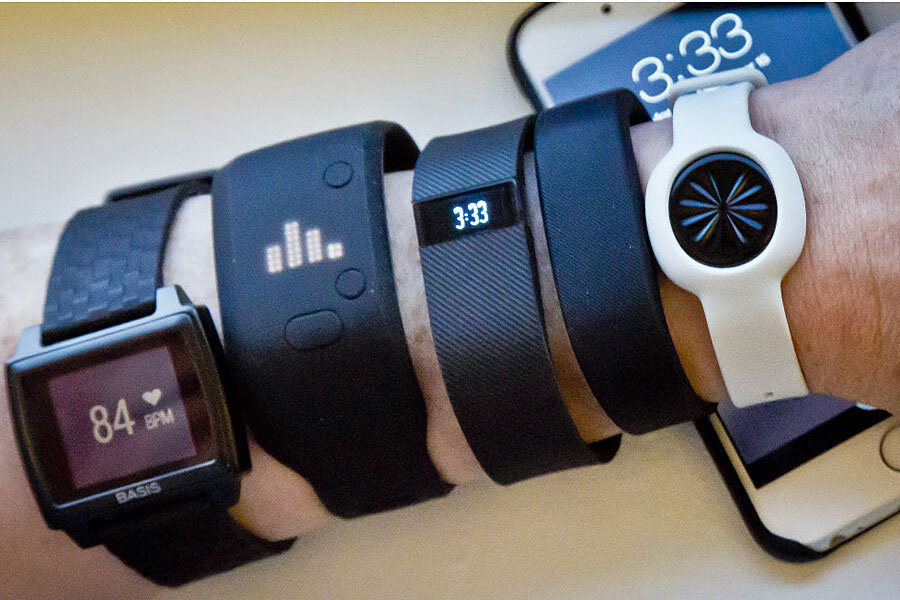Could your next smartphone charge its battery from your skin?
Loading...
A new skin-based electricity generator is in development, and it can harvest friction from your movements to convert mechanical energy into electrical energy. This process could potentially create enough energy to power small devices like your phone
Researchers from the Chengkuo Lee research group in Electrical and Computer Engineering at National University of Singapore presented the stamp-sized patch at the 2015 IEEE MEMS International Conference last week.
At the conference, the researchers demonstrated that the device can generate up to 90 volts of open circuit voltage with the touch of a finger, which is enough energy to power up to twelve LED light bulbs, according to Lee’s graduate student Lokesh Dhakar.
In practice, it would not be able to produce this much energy all the time. When the patch is attached to ones forearm, clenching a fist generates 7.3 volts. Talking while the patch is on your throat generates 7.5 volts, according to Engadget.
The product is a thin rubber sheet attached to 50-nm-thick gold foil which is held away from the skin itself by miniscule silicone rubber pillars. As the body moves, friction is generated between the pillars and the skin which creates a current within the gold film, generating a voltage. The more pillars there are between the skin and the foil, the more voltage can be generated.
This occurs because of the triboelectric effect, in which friction from two dissimilar surfaces creates an electrical charge.
“Skin, the most abundant surface on a human body, is a natural choice for one of the triboelectric layers,” said Dhakar, adding that using the skin as one of the layers makes device fabrication simpler. “Also skin as a triboelectric material has a high tendency to donate electrons or get positively charged which is important in improving the performance of the device if the other triboelectric layer intentionally chosen as the one with a tendency to get negatively charged.”
Lee’s research team were not the first to have this idea. In 2013 a group from Georgia Tech created a skin based energy generated, which could power as much as 1000 volts but had very limited flexibility because its electrode was made of tin oxide rather than gold, according to Dhakar.
Other similar products are a bit closer to being commercially available.
SolePower is designing a shoe insole that generates electricity as you walk. The insole is connected to a rechargeable battery, worn either around the ankle or attached to the shoe, which can then be used to charge USB devices. Converting mechanical energy into electrical, the product works similarly to a hand-crank flashlight.
While skin-based generators are still in production, the team is working on making them even more flexible and capable of capturing more energy so that hypothetically they could create sheets in any size that could conform comfortably to the contours of the human body.
According to Extreme Tech, the possibility of an external cordless power source like the skin-based generator could loosen design constraints on smart watches, fitness trackers, and even phones, allowing them to be lighter and thinner.








